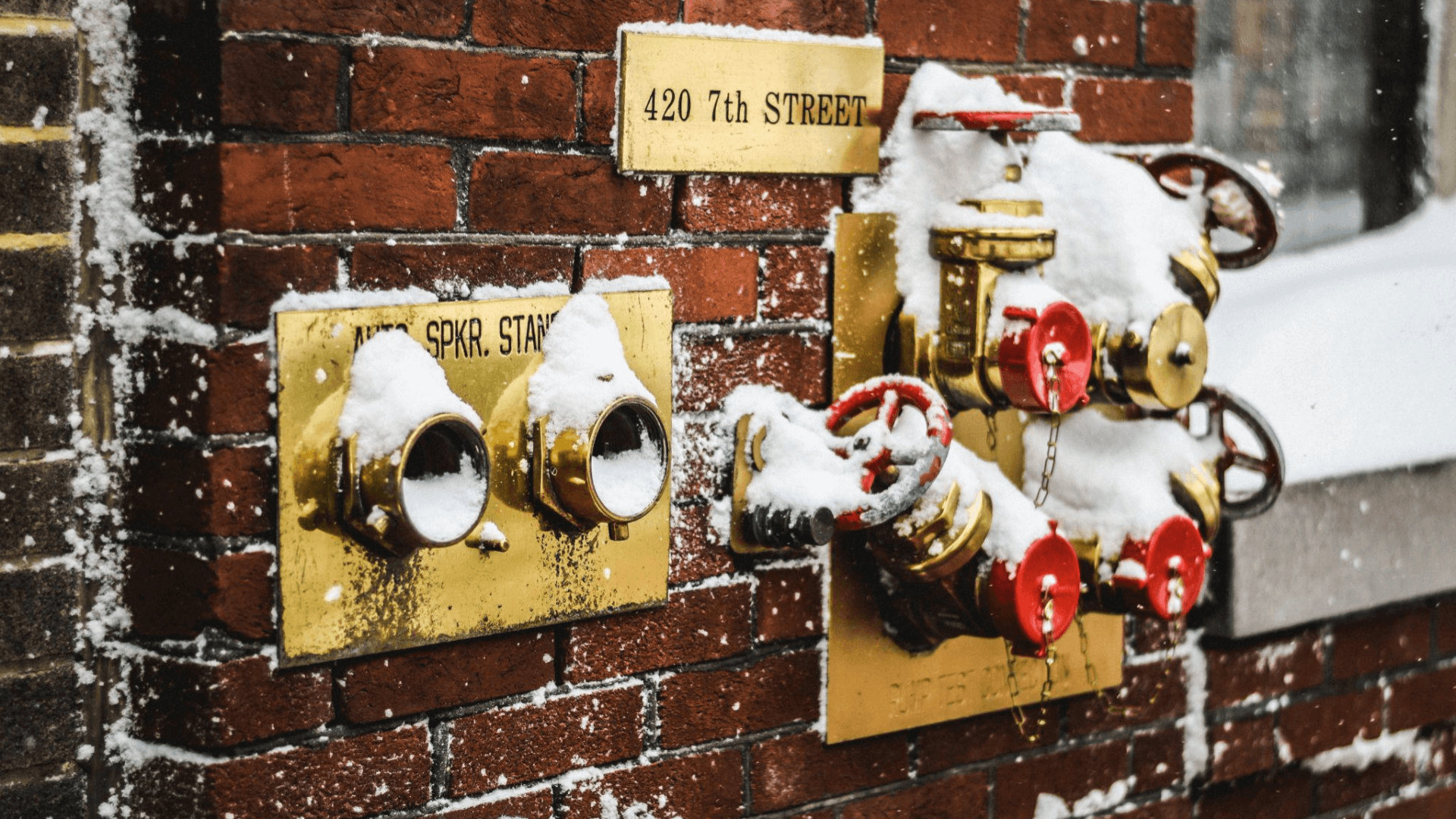Water submeters are great tools for tracking individual water usage. Before you reap the benefits of submetering, a crucial first step is determining where to physically place these meters. This decision can impact multiple factors from reading convenience to the lifespan of the equipment.
Here’s a breakdown of key factors to consider when choosing your water submeter’s location:
Climate Concerns
- Freezing Temperatures: If you live in an area with harsh winters where pipes can freeze, you will want to prioritize indoor placement. Water meters can be susceptible to damage from freezing and thawing cycles. A sheltered or indoor location would be ideal in this case.
- Scorching Sun: Excessive heat can also damage meter components. If your summers are brutal, you may want to consider installing the meter indoors or in a meter box buried underground (check local regulations for this option).
Accessibility Needs
- Reading Frequency: How often will you need to access the meter for readings? If frequent monitoring is necessary (e.g., leak detection), prioritize an easily accessible location. An outdoor meter box might be ideal.
- Physical Limitations: Will accessing the meter require entry to tight spaces or over exerting activity? If so, prioritize an easily reachable location. Indoor meter placement might be better suited for those with mobility limitations.
Security Considerations
- Tampering Risks: Are there concerns about vandalism or unauthorized access to the meter? Indoor placement offers more protection. For outdoor installations, consider a sturdy meter box with a lockable cover. If you are worried about resident’s tampering with indoor meters, our systems come with fail safes to notify you of that.
Plumbing Considerations
- Existing Plumbing: Consult a licensed plumber to assess your plumbing layout. Depending on your existing pipe set up and how the hot water is delivered to each unit in a multifamily home, one option may be more cost effective over the other.
- Space Constraints: Ensure there’s adequate space for the meter and its connections, both indoors and outdoors. Factor in future maintenance needs as well.
Local Regulations
- Building Codes: Always check with your local building department to ensure your chosen location complies with all relevant regulations. Permitting requirements might also apply.
- Local Laws: Depending on your location, there are varying requirements and regulations surrounding submetering. We always recommend checking in with a legal advisor to ensure you are in compliance with these.
By carefully considering these factors, you can find the sweet spot for your water submeters – a location that balances accessibility, protection, and efficient plumbing integration. With a well-placed submeter, you’ll be well on your way to promoting responsible water use and reaping the cost-saving benefits of accurate water usage tracking.
Photo by Matt Popovich on Unsplash
